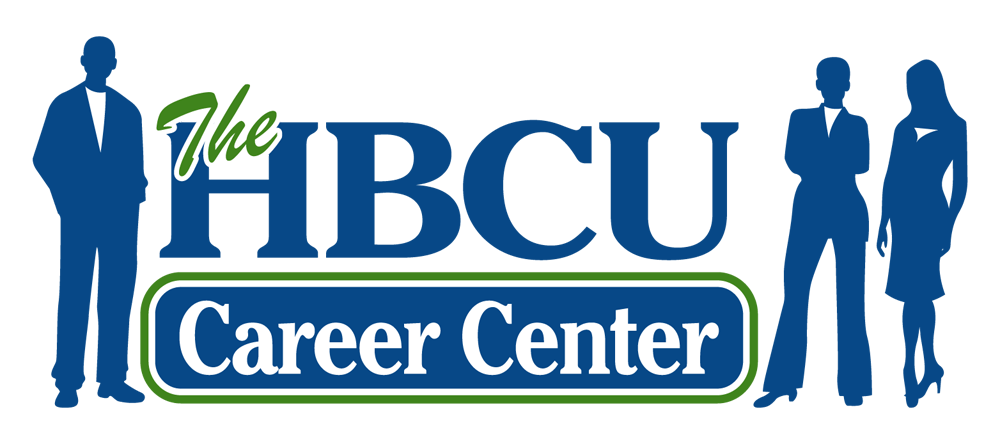How Gen X, Millennials and Gen Z are Changing Leadership
Photo by RODNAE Productions from Pexels
In recent years, Baby Boomers have passed the leadership baton to Gen X, Millennials, and Gen Z. This generational shift in workplace leadership has also ushered in a new type of leadership style. Rather than simply managing operations, recent generations have made leadership about coaching people.
So, what are the elements of this new leader-as-coach approach? A recent article by the Harvard Business Review explains this trend with the COACH acronym, which stands for:
Care for your teammates
Organize them into their “sweet spot”
Align them around the organization’s purpose and values
Challenge them to reach their full potential
Help them reach their goals
Here’s a breakdown of each component of COACH.
Care
Increasingly, professionals leave their jobs is due to a lack of connection between them and management. Younger generations desire to work in an environment where they feel heard and cared for by their employers. As a leader, it’s essential to have an “open door policy” in which your team feels comfortable coming to you about their concerns.
Organize
Do you know what each employee’s strengths and weaknesses are? How can you help them upskill while recognizing accomplishments? Finding an employee’s “sweet spot”, or the space where their intrinsic skills align with the task at hand, can encourage them to perform well in their position. “When people are working in their sweet spot, they are inspired, energized, fulfilled, and passionate about their jobs and will succeed in their work” (Harvard Business Review).
Align
It can be difficult for leaders to bring five people, let alone hundreds or thousands, together to figure out where each person fits into the mission and values. As mentioned earlier, employees are likely to underperform or do the bare minimum when they don't feel connected to their company. Therefore, the leader must find how to make the company’s mission statement, values, and purpose relatable to the team.
Challenge
It’s crucial to help employees reach their full potential in their roles. When employees don’t feel they’re being “pushed” at their job, they begin doing the bare minimum to get by and may seek employment elsewhere. For leaders to become coaches in the workplace, they must challenge their teams to do their best.
Help
Two primary responsibilities of a leader are to resolve problems and celebrate successes. Incorporating a hands-on approach to finding solutions with your team is an effective coaching method. Speak with each team member to get their ideas for solutions and compile them together to solve the problem.

